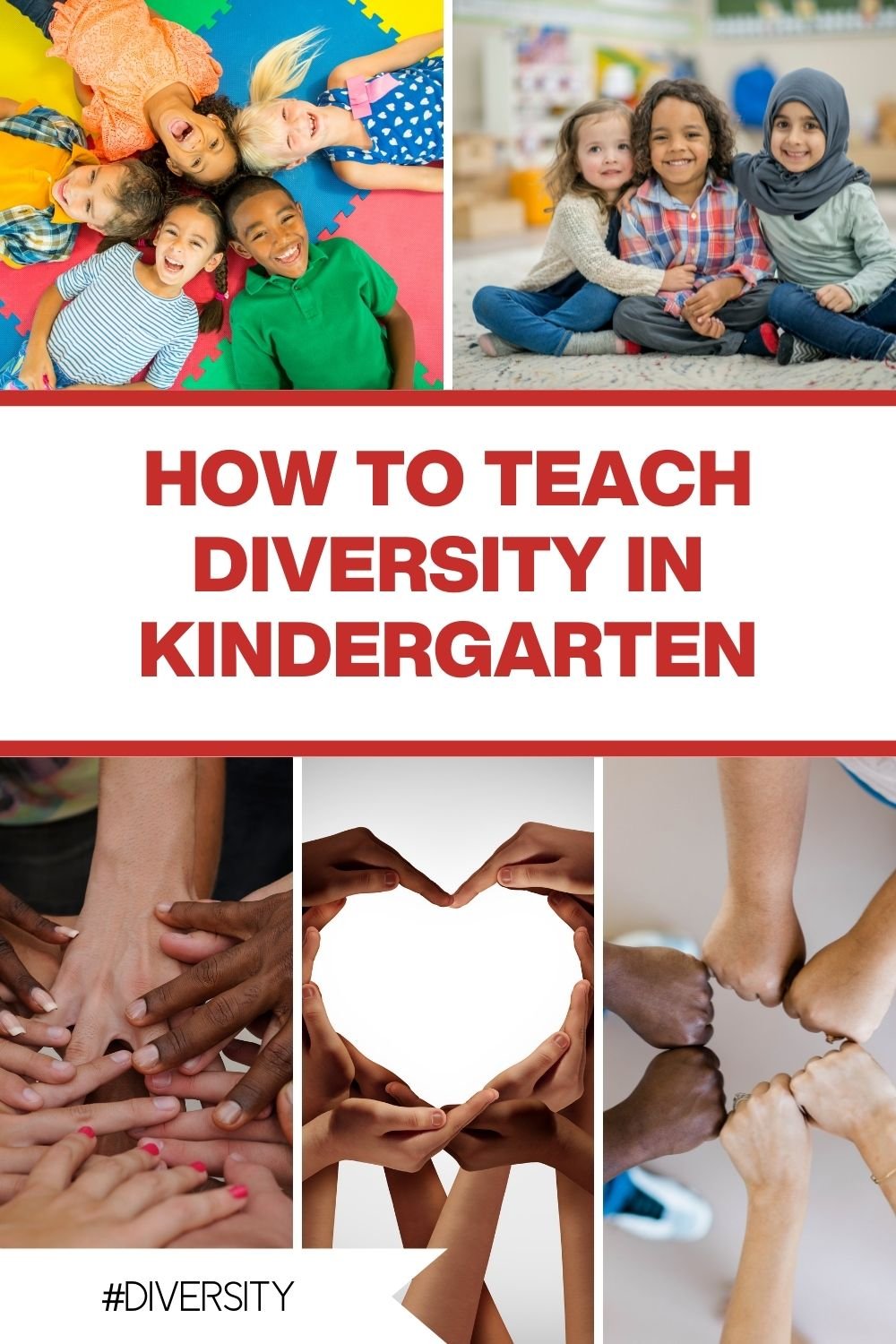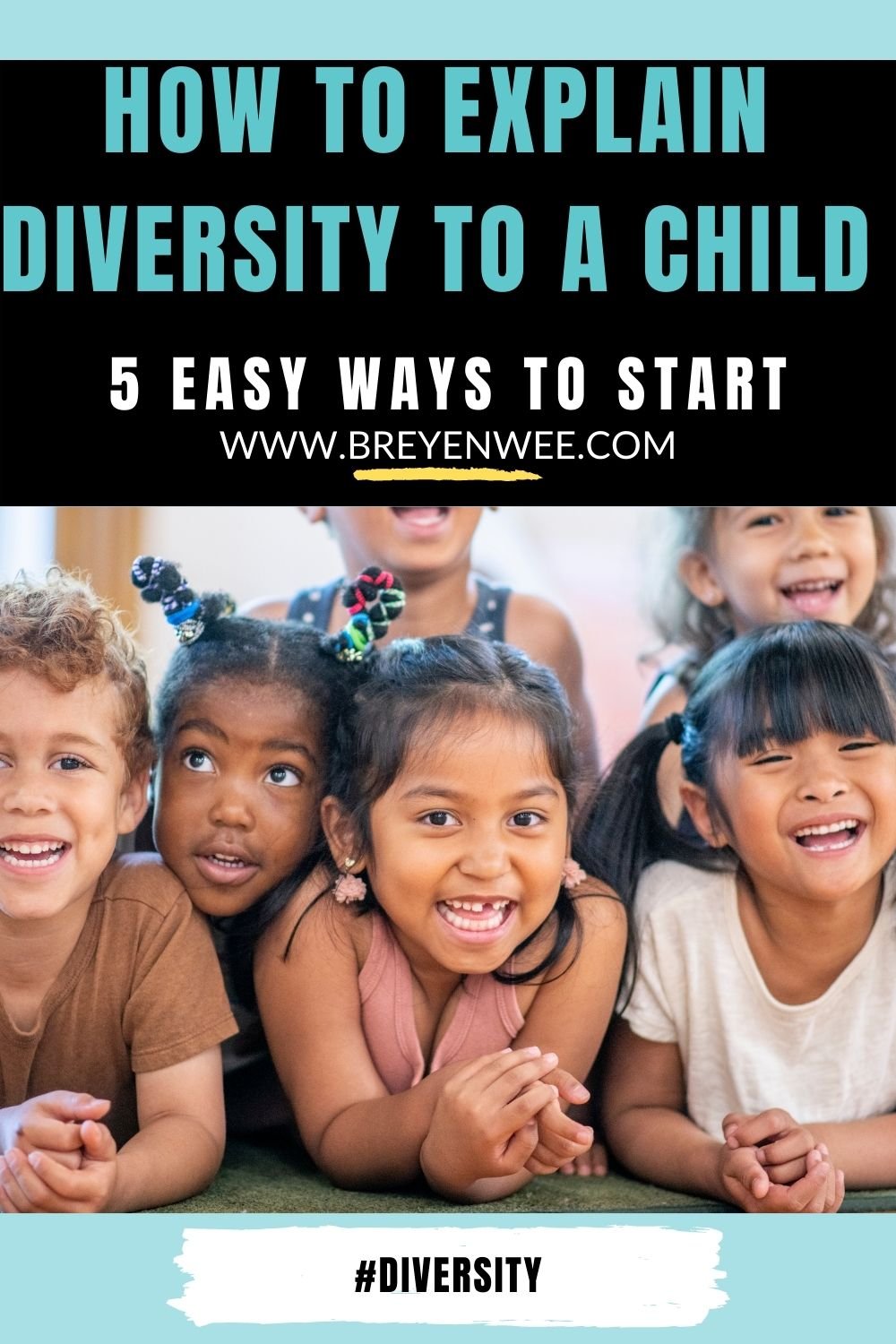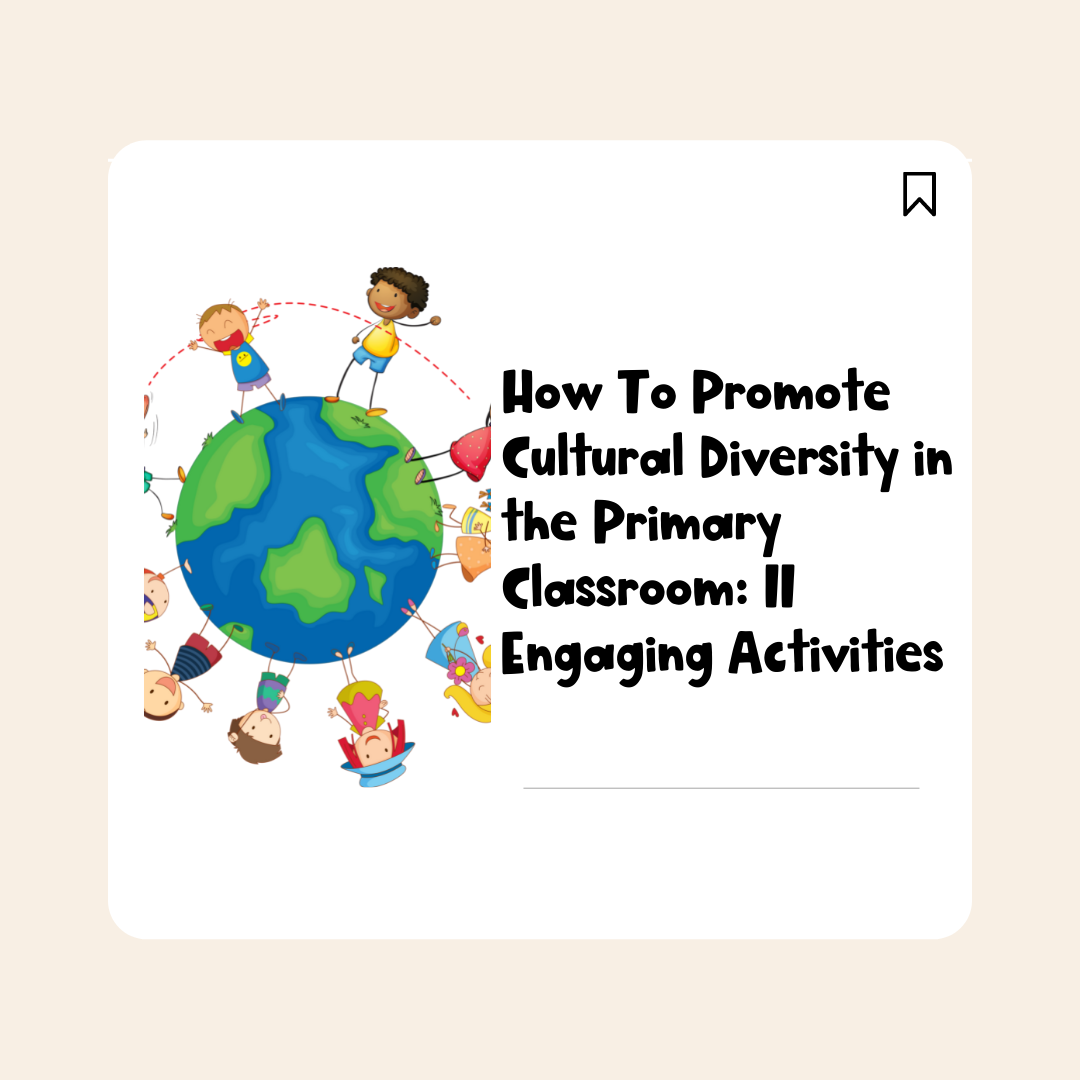How to Teach Diversity in Kindergarten: 5 Simple Conversation Starters
How to start teaching about diversity and inclusion in a Kindergarten French Immersion or English classroom. Here are some ways we can start the DEI conversations in schools while being aligned with the Social Studies curriculums of BC and Ontario. Age-appropriate ways to teach your students how to be welcoming, accepting and empathetic in today’s world.
Why is Diversity Important in Kindergarten?
In today’s world, our students come from so many different cultural and family backgrounds. As teachers, we know this already, but the kids might not understand it yet.
Kindergarteners today are likely to have missed a lot of preschool or daycare due to pandemic restrictions and therefore will have spent a lot more time with their own families and have been exposed a lot less to people different from themselves.
As parents, teachers and caregivers, here’s the thing. You don’t need to wait until your students ask you about these differences to start talking about them. When they come to school, they are already noticing. When the kids come to Kindergarten they will notice when people look different, when they have a different skin tone or hair type or when someone else has a different family structure than their own.
Even toddlers start to notice that some people have different colour skin than their own!
We can start addressing these differences in daily life with conversations with kids, teaching lessons and reading books about diversity.
How to Explain Diversity to a Child
Children start learning about diversity by identifying what makes them unique. Lucky for us, both the BC Social Studies curriculum and the Ontario Social Studies Kindergarten curriculum require that we teach an “all about me” unit. This gives us a great opportunity to talk all about diversity in our classrooms! For British Columbians, it’s a bonus that teaching about diversity connects to the BC core competencies!
Some ways for Kindergarteners to start talking about diversity are:
Identifying what they look like:
Their physical characteristics, skin colour, hair colour etc. Do they look similar to anyone else in the class? Do they have similar features to their family members at home?
identifying what their family looks like who takes care of them:
Who takes care of them? How many parents do they have? Who lives with them at their house? What is their family structure like? Do they have step-parents or grandparents who live with them? Want to read your students some LGBTQ children’s stories? I’ve go you covered.
What they like to do:
Do they play sports? What are their hobbies? What TV shows do they like to watch? What are their favourite toys?
What they like to eat:
This one is pretty self-explanatory haha. What are their favourite foods? Do they eat any cultural foods that others in the class might not have tried? This is a great time to involve families who might be willing to share about it. If your school doesn’t allow parents in the building or food to be shared a Zoom call could do the trick!
I remember having a student try to tell me what her favourite food was but the name of the food was in Russian. I could not understand what kind of food it was and was not able to scribe it for her in her journal. Looking back this would have been a great time to involve her family and have them share about it together!
What holidays do they celebrate:
Our schools are often hyper-focused on Christian holidays. Teachers will have their students talk and write about what their plans are for Christmas for example. Have you ever been in a situation where you have a student who doesn’t celebrate Christmas? That would feel sucky for them and make them feel left out! Sometimes kids will even pretend that they celebrate the holidays just to fit in.
Giving students a chance to talk about their own holidays and share their celebrations is a fun way to welcome the conversation about diversity in your classroom.
If you need a quick way to talk about diversity you can also start with these books for Black History Month (that you can of course read any time of the year!)
This is just the tip of the iceberg! There are so many other ways to start the conversation about diversity with our young students. I can’t wait to show you more ways like how to tie the diversity conversation in with outdoor education (I know the Ontario curriculum will LOVE this!).
If you are looking for a quick win AKA a fully prepped and curriculum-based unit on teaching about diversity in your French or English Kindergarten classroom I have got you covered.
I have crafted 8 diversity lessons for Kindergarten and Grade One, complete with PowerPoint Slides and printable activities that will walk you and your students through the topic of diversity in an age-appropriate way. You’ll LOVE it. You can find them on TPT.
Until next time!
-Breyen
Follow me on Instagram @ouimadamewee












